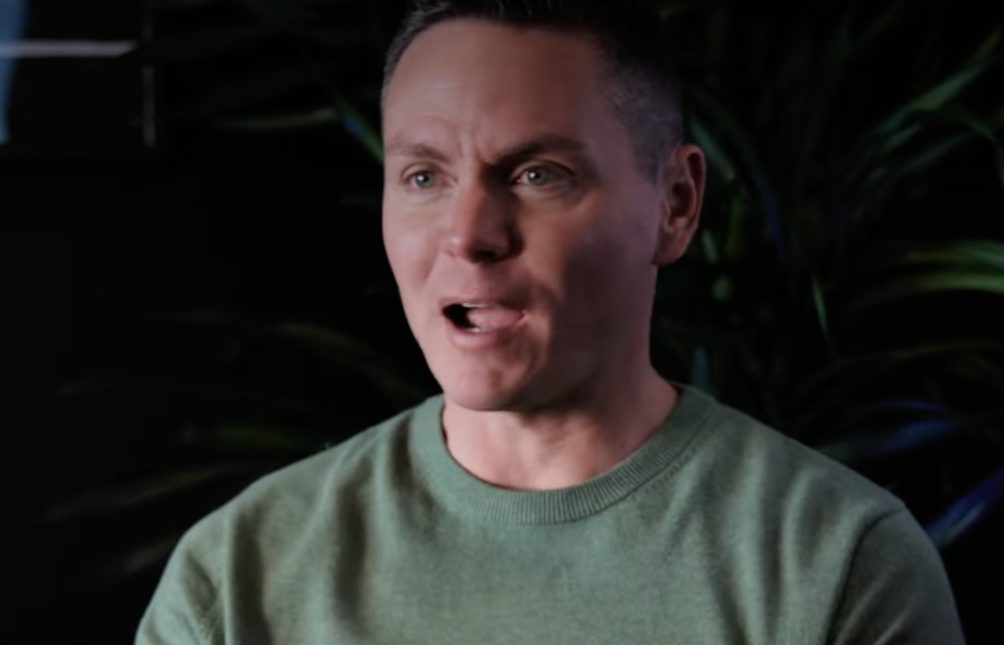Toxic individuals operate in a world where conflict is currency. They thrive on emotional turmoil and power struggles, creating an environment where every interaction becomes a battlefield. When faced with someone who refuses to engage in their games, toxic people often resort to manipulation tactics designed to pull others back into conflict.
One of the most common strategies toxic people employ is the accusation of abandonment. When someone chooses to disengage from their drama, toxic individuals interpret this as a personal attack. They twist the narrative, claiming they’ve been abandoned or forsaken, effectively attempting to guilt the other person into the cycle of conflict.
Understanding the Toxic Mindset
For toxic individuals, the world exists as a constant power struggle. They view relationships not as connections built on mutual respect and understanding but as competitions where someone must win and lose. This perspective colors every interaction they have.
When someone responds to their provocations calmly and with restraint, toxic people become confused and often suspicious. They assume that behind this calmness lies some hidden agenda or ulterior motive. This assumption stems from their own reality, where everyone is believed to have selfish motives, and nothing is ever taken at face value.
This suspicion of others’ intentions reveals much about the toxic person’s mindset. They project their manipulative tendencies onto others, finding it impossible to believe that someone might genuinely choose peace over conflict.
Common Manipulation Tactics
Toxic people employ several predictable tactics when their attempts to create conflict are thwarted:
- Accusation of moral superiority – They may label the calm person as “holier than thou” to provoke a defensive response
- Guilt-tripping – Making the other person feel responsible for their emotional state
- Reframing disengagement as aggression – Portraying the refusal to engage as an attack
- Creating false narratives – Twisting events to make themselves appear as victims
These tactics serve a single purpose: to draw others back into the toxic cycle of emotional reactivity and conflict. By recognizing these patterns, individuals can better protect themselves from manipulation.
The Ego Trap
Perhaps the most effective weapon in a toxic person’s arsenal is their ability to target the ego. When accused of abandonment or moral superiority, many people feel compelled to defend themselves, to prove they aren’t what they’re being accused of being. This defensive reaction is precisely what the toxic person seeks.
When someone begins defending their character or intentions, they’ve already been pulled back into the toxic dynamic. This engagement gives the toxic person precisely what they want: attention, emotional energy, and control over the interaction.
The key to breaking free from this cycle is recognizing that the accusations aren’t about truth but manipulation. The toxic person doesn’t actually believe the other person is abandoning them or acting superior; they’re simply using these accusations as bait.
Breaking the Cycle
Resisting toxic manipulation requires a fundamental shift in approach. Rather than engaging with the accusations or attempting to defend oneself, the most effective strategy is maintaining boundaries while refusing to take the bait.
This doesn’t mean completely cutting off the toxic person (though, in some cases, that may be necessary). Still, they refuse to participate in the conflict-driven dynamic they attempt to create. By maintaining calm and not defending one’s ego when provoked, individuals deny toxic people the emotional reaction they seek.
Over time, consistent boundary-setting may lead the toxic person to modify their behavior or seek conflict elsewhere. Either outcome represents a healthier situation for those who previously found themselves caught in the toxic cycle.
Recognizing toxic patterns and refusing to engage with them isn’t about winning a power struggle—it’s about choosing not to participate. This approach requires emotional maturity and self-awareness but offers freedom from the exhausting cycle of toxic relationships.
Frequently Asked Questions
Q: How can I tell if someone in my life is truly toxic or just going through a difficult time?
The key difference lies in patterns of behavior rather than isolated incidents. Everyone has bad days, but toxic individuals consistently create conflict, manipulate emotions, and refuse to take responsibility for their actions. Look for recurring patterns where interactions leave you feeling drained, confused, or questioning your own reality.
Q: Is it possible to maintain a relationship with a toxic person while protecting myself?
Yes, but it requires strong boundaries and emotional detachment. You’ll need to consistently refuse to engage in power struggles while maintaining clear limits on acceptable behavior. This approach works better with toxic acquaintances or colleagues than with close relationships, which often require more significant changes to become healthy.
Q: Why do I feel guilty when I don’t engage with a toxic person’s drama?
This guilt often stems from the toxic person’s manipulation tactics working as intended. They’ve conditioned you to feel responsible for their emotional state. Remember that choosing not to participate in conflict isn’t abandonment—it’s a healthy boundary. Your emotional well-being matters just as much as anyone else’s.
Q: What if the toxic person is a family member I can’t avoid?
Family relationships with toxic dynamics present unique challenges. Consider limiting interaction to settings where conflict is less likely, such as public places or group gatherings. Develop a support system of friends or other family members who understand the situation. In some cases, professional guidance from a therapist can help develop strategies specific to your situation.
Featured Image Credit: Keith Crossley; Author

